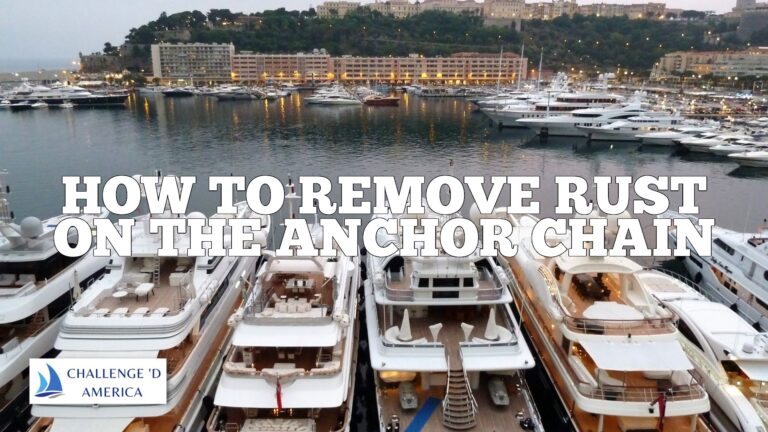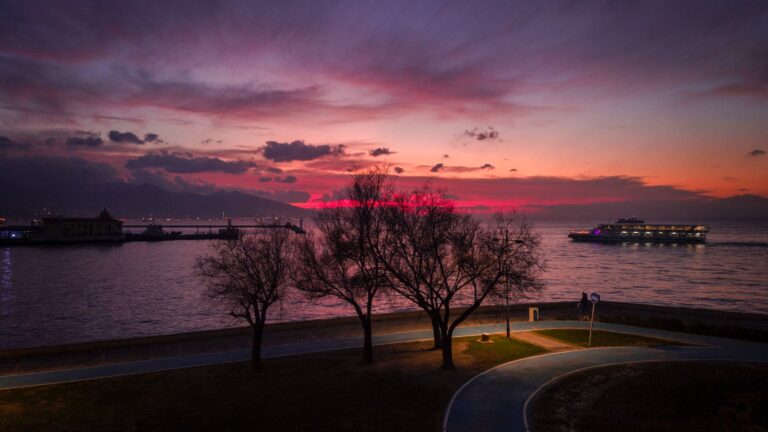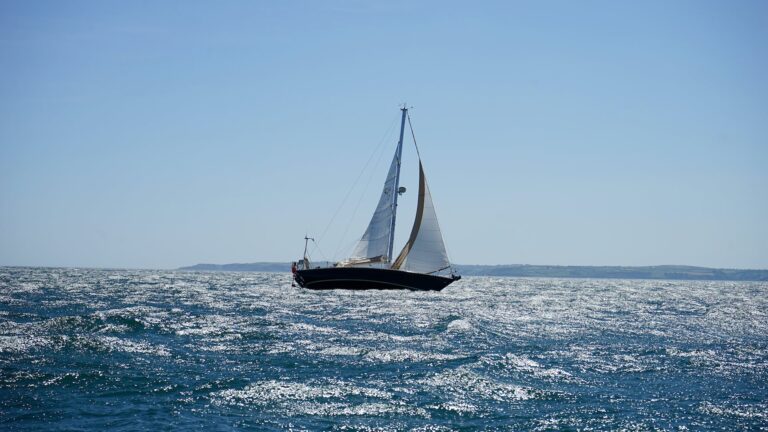What Winds Are Too Strong To Boat?
Introduction
Sailing is an enjoyable and rewarding activity, but when it comes to winds, it can also be a dangerous one if the boater does not take the necessary precautions. As a sailing expert, I will explain what winds are too strong to boat, how to read wind and understand its effects on boating safety, and strategies for staying safe in strong winds.What is Wind?
Wind is the movement of air caused by differences in atmospheric pressure created by uneven heating of the Earth’s surface by the sun’s rays. It is typically measured in knots (kts) or miles per hour (mph).
How Does Wind Affect Sailing?
Wind is essential for sailing because it provides propulsion via sails and/or an engine, as well as steering via a rudder or keel depending on the type of boat being used.
Without at least some wind, sailing would be impossible, however, too much wind can be dangerous since it can cause a boat to capsize or become damaged from waves and other hazards created by strong winds.
Wind Speed And Boating Safety
The speed of wind affects boating safety significantly since boats are designed with certain wind speeds in mind – if the wind speed exceeds these limits then there is a greater risk of capsizing or becoming damaged due to waves generated by strong winds and other hazards such as debris or collisions with other vessels or obstacles in the waterway.
Generally, wind gusts of 34 knots (39 mph) or more are often strong enough to capsize small boats, especially when they catch the boater off-guard.
How To Read The Wind
Reading the wind is an important skill for any sailor as it can help them determine whether they should proceed with their voyage or wait until conditions improve before setting sail again.
Experienced sailors use a variety of methods to read the wind such as assessing changes in pressure, listening for changes in sound, feeling changes in temperature and watching for changes in color on the water’s surface. They also use tools such as anemometers to measure wind speed more accurately than they could with their senses alone.
Different Types Of Winds
The various types of winds are determined by their direction relative to the Earth’s surface and include prevailing westerlies, prevailing easterlies, trade winds, land breezes and sea breezes among others.
Each type has its own characteristics that can affect sailing including speed, turbulence level and duration which must all be taken into account when making decisions about setting sail or docking safely at port again after a voyage has been completed successfully.
Effects Of Strong Winds On Boats
When winds are too strong for boating safety it can cause boats to capsize due to turbulence generated by large waves created by high-speed winds, this can also lead to hull damage caused by waves crashing against a boat’s hull while underway which may sink it if left unchecked long enough without making port safely again soon after encountering strong winds unexpectedly while underway during a voyage at sea or on a lake or riverway system near shorelines where wave action can become quite intense with little warning given about conditions changing suddenly due to high-speed gusts that exceed safe limits for operating any size vessel depending on its design features which must all be taken into account before setting sail no matter where one may be located when planning their journey ahead of time instead of waiting until conditions worsen suddenly without warning while underway unexpectedly during any voyage regardless of its length due to unsafe conditions that arise suddenly when least expected while sailing anywhere around this planet we call home on this beautiful blue marble we call Earth!
What Is Too Strong For Boating?
As mentioned earlier, generally speaking, any wind exceeding 34 knots (39 mph) is considered too strong for boating safety due to increased turbulence generated by larger waves which could cause capsizing or hull damage if left unchecked long enough without making port soon after encountering such high-speed gusts while underway unexpectedly during any voyage regardless of its length, however this number can vary based on various factors such as vessel design features (type/size), weather conditions (temperature/humidity), etc.
So always use caution when assessing whether it is safe to proceed with your journey even if no warnings have been issued about hazardous weather conditions that might arise suddenly while underway unexpectedly during any voyage regardless of its length due to unsafe conditions that arise suddenly when least expected!
Strategies For Staying Safe In Strong Winds
When faced with strong winds there are several strategies that sailors can employ in order to stay safe:
1) Monitor weather forecasts regularly so you know what kind of conditions you should expect before setting sail,
2) Keep an eye out for signs that indicate deteriorating weather conditions such as dark clouds forming overhead quickly,
3) If possible avoid open bodies of water like oceans where high wave action generated by high-speed gusts might make navigating tricky, instead opt for sheltered areas like bays and coves which provide some protection from wave action,
4) Reduce your sails if necessary and maintain control over your vessel using your engine instead,
5) Familiarise yourself with different types of anchors available so you have something reliable ready just in case you need it quickly,
6) Have an emergency plan ready just in case something goes wrong so everyone onboard knows what steps should be taken immediately afterwards,
7) Finally make sure everyone onboard has access to all necessary safety equipment such as lifejackets before setting sail!
Conclusion
Strong winds pose significant risks when sailing due to increased turbulence generated by large waves capable of capsizing small vessels if caught off-guard without taking proper precautions beforehand or reacting quickly enough afterwards, thus understanding what winds are too strong for boating safety along with strategies for staying safe during adverse weather conditions helps ensure everyone onboard remains safe throughout their voyage regardless of its length no matter where they may be located around this planet we call home!





![reefknot-squareknot-sailingknot-boatingknot-bowlineknot What Knot Tightens On Itself?[Editing Required]](https://challengedamerica.org/wp-content/uploads/2023/02/reefknot-squareknot-sailingknot-boatingknot-bowlineknot-768x432.jpg)

